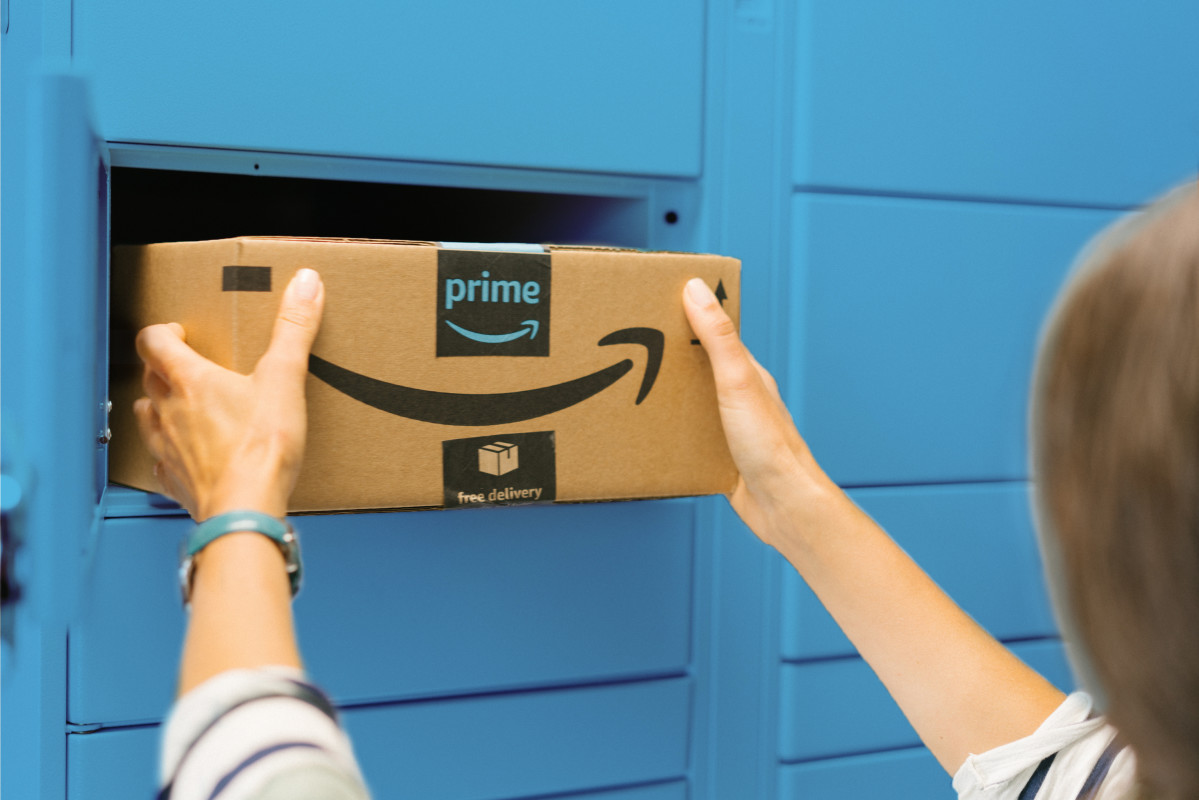
One of the most fascinating aspects of Amazon's (AMZN) business has been its ambitious expansion into in-person, or brick and mortar, shopping styles.
While most other retailers like Walmart (WMT) and Target (TGT) have moved a bulk of their operating efforts online, Amazon has gone in the opposite direction, throwing itself into the competitive and uncertain world of big box retail.
Related: Walmart gets a key product (that Target doesn't have)
This move is interesting because Amazon already owns the lion's share of online delivery and fulfillment. While Walmart remains the largest retail store overall in both the U.S. and internationally, Amazon captures the most market share in terms of online sales at just over 37% as of 2023.
In 2023, for example, Amazon did over half a trillion — or $574.8 billion — in net sales, up 12% compared to 2022. A majority of those sales are online, thanks to its robust paid membership program. Amazon Prime offers members free and fast shipping on hundreds of millions of eligible items, access to the Prime Video streaming platform, discounts at Whole Foods, and online photo storage.
Most of these perks, notably, revolve around a consumer's online habits and behavior.
Amazon makes a necessary chore easier
It is surprising, then, that Amazon would even want to wade into the complicated world of in-person shopping. Grocery stores, which stock large quantities of perishable and differentiated items attuned to customers' differing tastes, have notoriously low profit margins, and many big box retailers decry inventory shrink and crime as a growing concern for both safety and profit.
Yet Amazon persists. Its Amazon Fresh and Amazon Go stores, which offer customers the opportunity to shop for groceries and other goods in person, have seen mixed reception and success in isolated pockets around the U.S. And it already owns Whole Foods thanks to a 2017 acquisition for $13.7 billion.
But Amazon continues to iterate and test new ways to tempt customers into its stores.
In February, Amazon enabled a new service at its Amazon Fresh stores which allows customers to schedule recurring pick up or delivery times for their groceries. The feature lets customers to set up a two hour time window to pop into their nearby store to pick up their groceries on every day of the week; pick ups can be scheduled up to seven days in advance for those who like to plan. It also lets customers plan recurring items for those who want to automatically buy staple items, like, say, eggs and bread, on a recurring cadence.
The feature is available around 1,300 cities and towns in the U.S. and reservations can be edited or cancelled at any time. Customers will get reminders 24 hours before their reservation to remind them to keep their time slot or add any necessary groceries to the upcoming order.
Other subscription grocery services, like Instacart and Thrive Market, offer similar services that allow customers to automatically reorder groceries within a given time frame. Instacart recently noted on its website, however, that its auto-order service would be no longer be available starting on March 1. Customers instead need to place orders manually based on their desired timelines, though delivery and pickup at their preferred stores is still offered.







